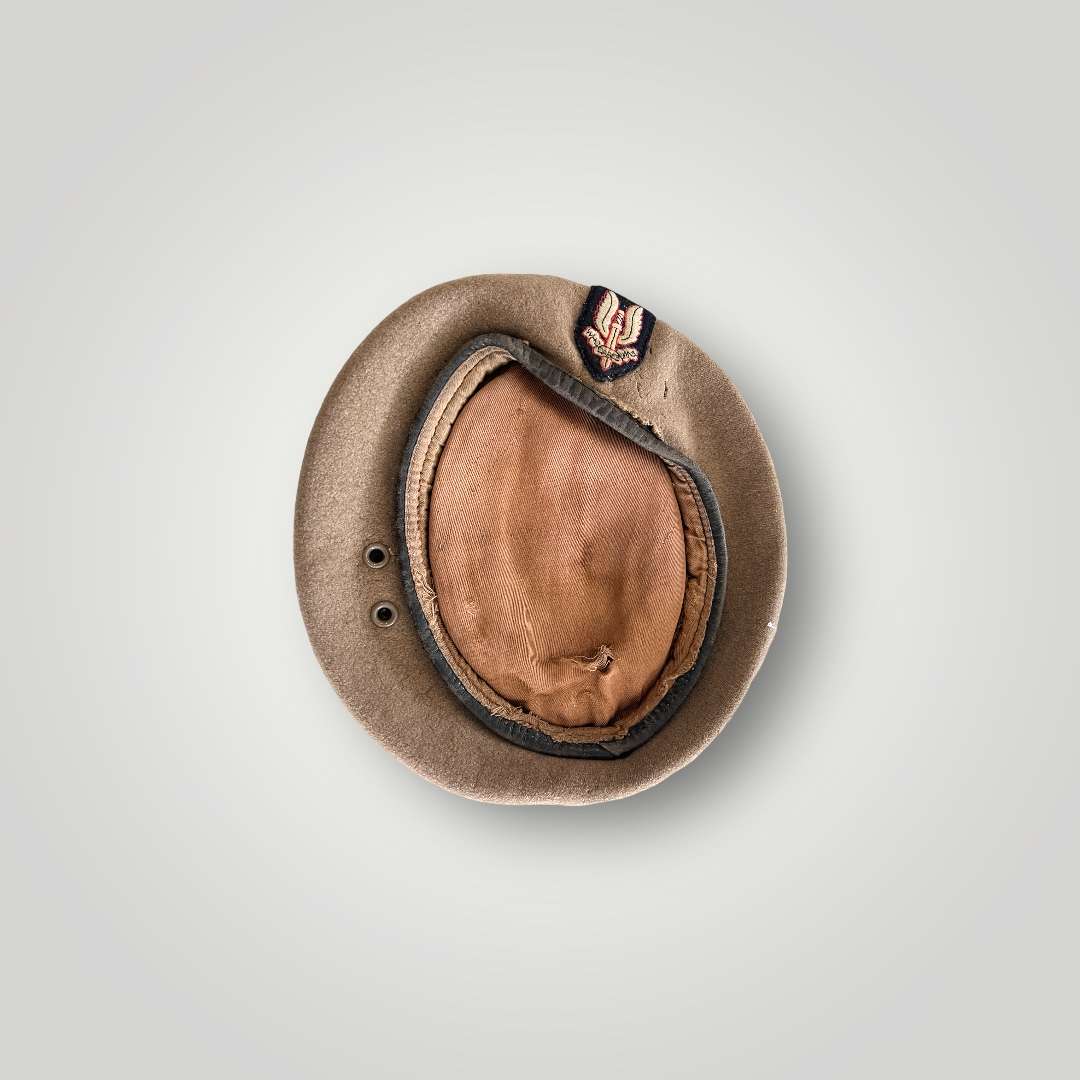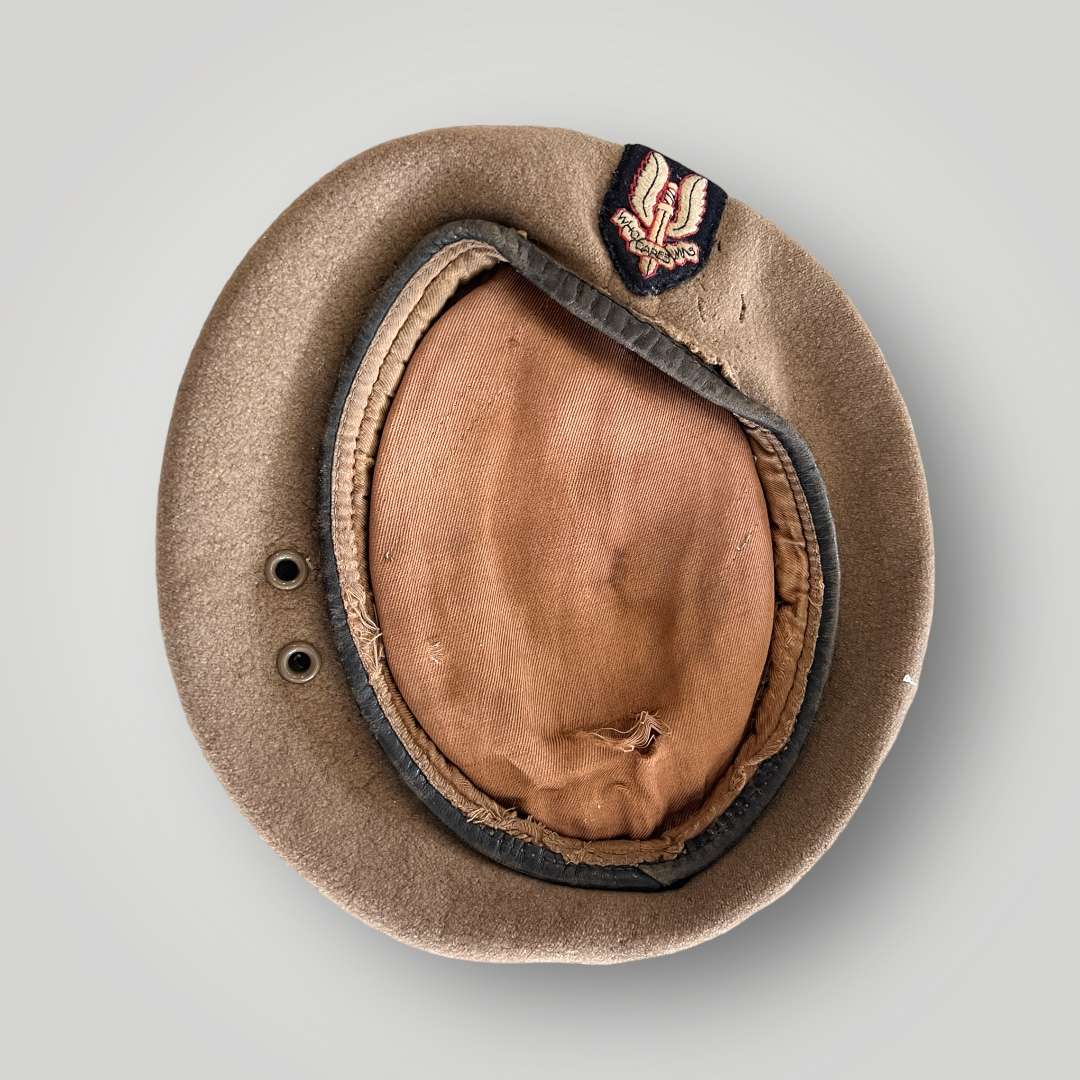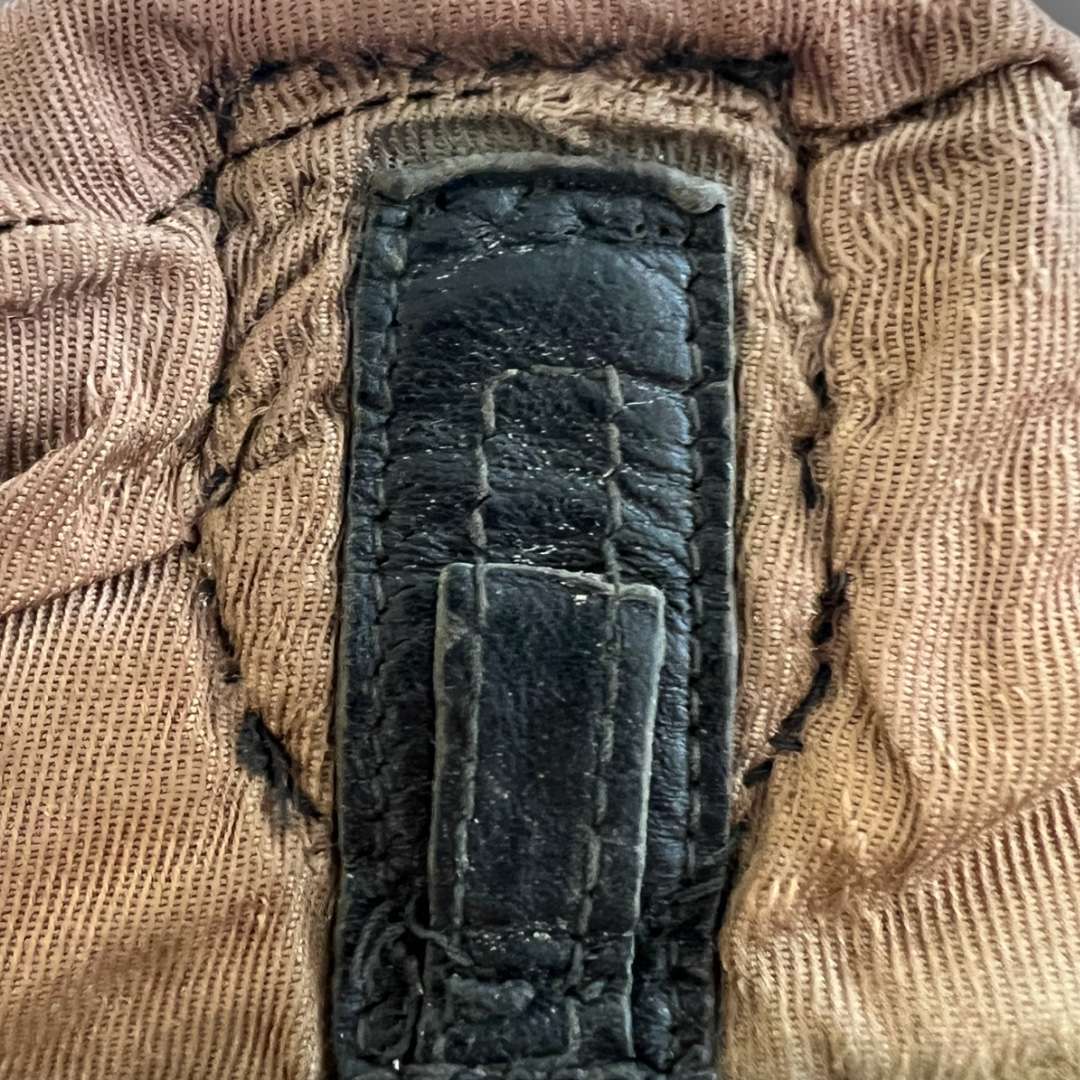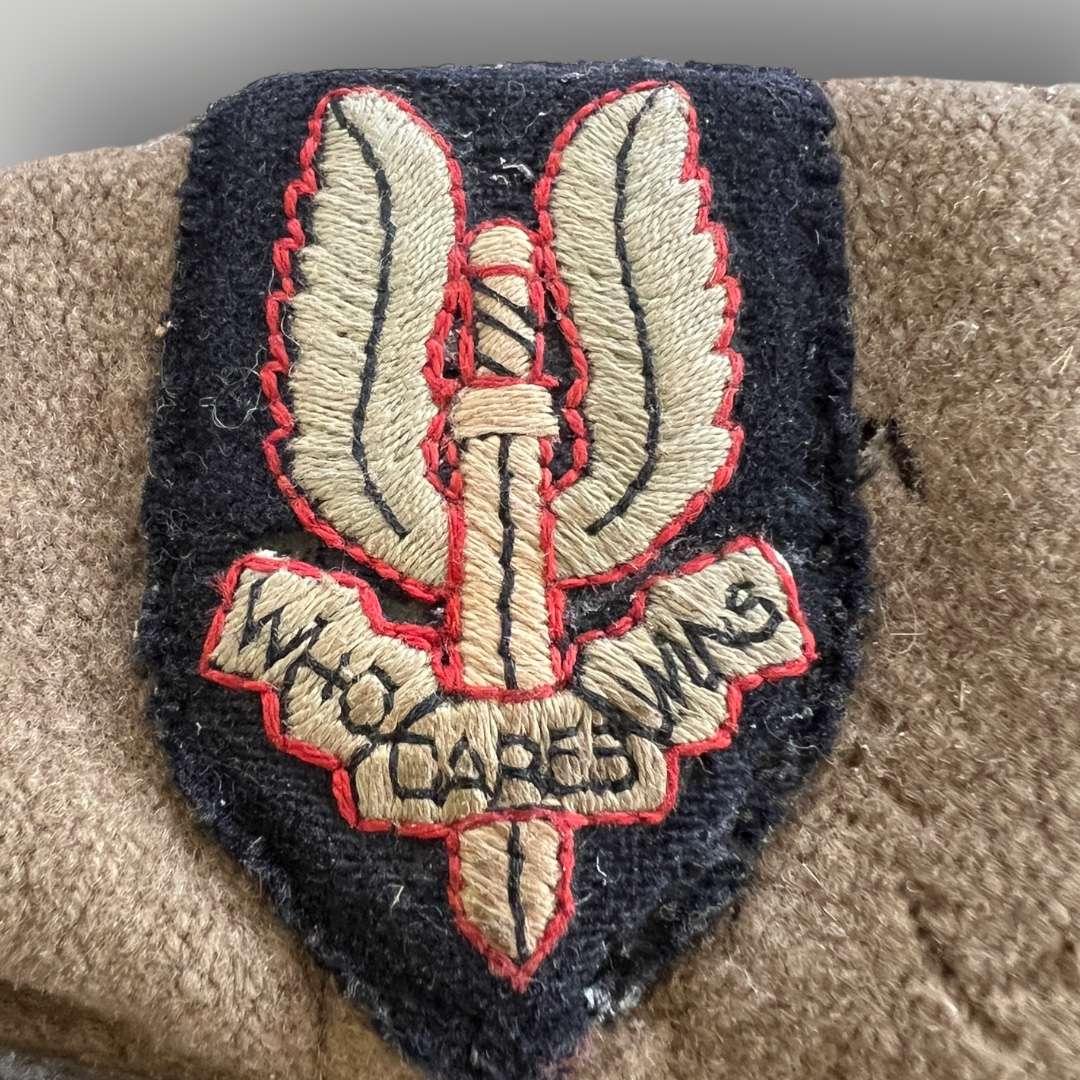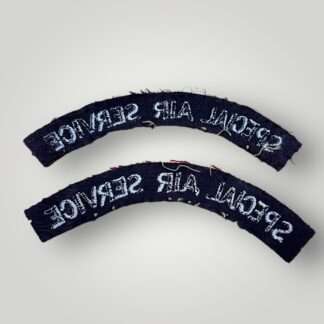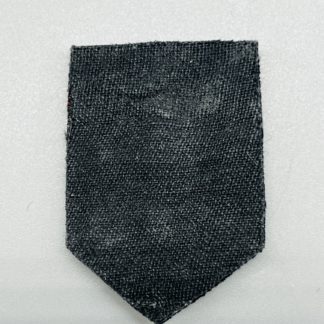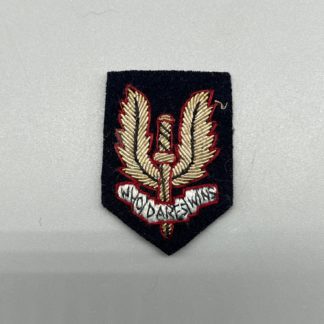Description
British SAS (Special Air Service) Brief History
The inception of the Special Air Service (SAS) traces back to the crucible of the Second World War, where the need for clandestine operations birthed its origins. Formed as L Detachment, Special Air Service Brigade, in July 1941, the SAS emerged from the North African desert with the mission of executing precise, small-scale raids deep within enemy territory.
Operating under the guise of a fictitious brigade to deceive adversaries, L Detachment drew its initial ranks from No 7 and No 8 Commando, later integrating troops from No 62 Commando, also recognized as the Small Scale Raiding Force. Their exploits in the North African campaign, collaborating closely with the Long Range Desert Group, targeted crucial enemy airfields and port installations.
The unit underwent evolution, renamed as the 1st Special Air Service in October 1942, and subsequently restructured into the Special Raiding Squadron in April 1943, engaging in daring raids across Sicily and Italy alongside the newly formed 2nd Special Air Service.
By 1944, consolidation under the Special Air Service Brigade umbrella brought together the 1st and 2nd SAS units, supplemented by the establishment of the 3rd, 4th, and 5th Special Air Service units, comprising renamed Free French and Belgian parachute formations. Throughout the period from D-Day in June 1944 to the German surrender in May 1945, these formations played pivotal roles in numerous operations, often operating deep behind enemy lines.
Following the cessation of hostilities, the SAS was disbanded briefly, only to be reconstituted in 1947 as a single Territorial Army (TA) unit, the 21st Battalion, Special Air Service Regiment (Artists Rifles).
The lineage expanded in 1951 with the deployment of Z Squadron during the Malayan Emergency, where it operated under the moniker of the Malayan Scouts before integration into the regular army as the 22nd SAS Regiment in 1952, notable for being the only instance of a regular unit emerging from a TA formation. Notably, the early ranks comprised volunteers predominantly from Rhodesia and New Zealand.
The roster grew further in 1959 with the establishment of the 23rd SAS Regiment, initially a TA force and a rechristening of the Reserve Reconnaissance Unit, inheritors of MI9’s legacy in escape and evasion expertise.


